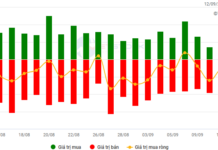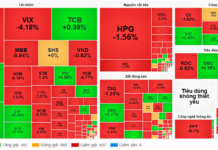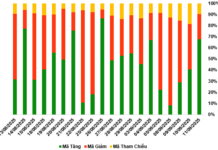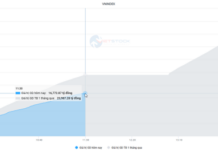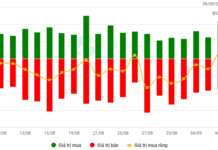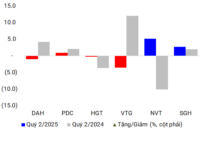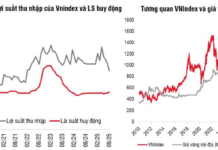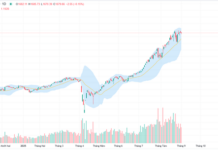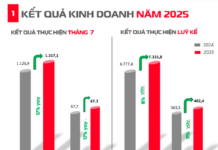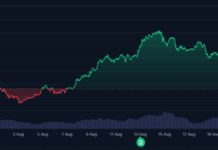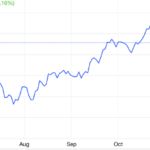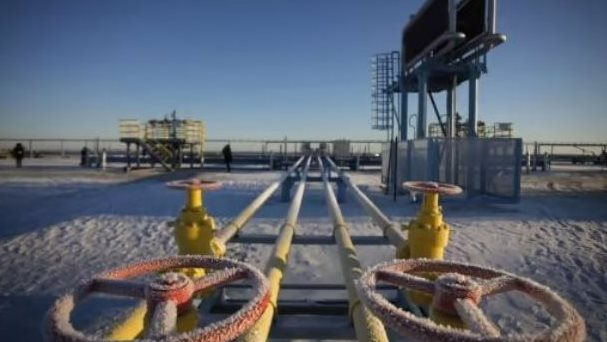
Illustration Photo
Ukraine has shut down any gas transit from Russia to Europe, halting a five-decade-old route across its territory. The country is estimated to lose about 0.5% of its GDP due to the termination of gas transit fees.
According to Oilprice, Central European countries, including Germany and Italy, have fully adapted to Russia’s halt of gas supplies via the Ukrainian pipeline. Austria Grid Management, for instance, has increased imports from Germany and Italy after flows from Slovakia were halted due to Ukraine’s refusal to extend the transit.
Energy experts had previously warned that Austria, Hungary, and Slovakia could be among the hardest-hit countries following the cutoff of Russian gas imports via Ukraine. Fortunately, they have successfully secured alternative supply sources.
Last year, the State Oil Company of Azerbaijan (SOCAR) started supplying natural gas to SPP, Slovakia’s largest state-owned energy operator. This came just a month after SPP signed a short-term pilot contract to buy natural gas from Azerbaijan as they prepared for a potential disruption in Russian gas supplies via Ukraine. SPP has committed to supplying its customers mainly through pipelines from Germany and Hungary, despite the additional transportation costs.
Meanwhile, the US is emerging as a winner in Europe’s ongoing energy market shift. Together with Norway, they have replaced Russia as Europe’s largest gas supplier. In 2024, Norway supplied 87.8 billion cubic meters (bcm) of gas to the EU, accounting for 30.3% of total imports. The US, on the other hand, provided 56.2 bcm, or 19.4% of the total.
Additionally, the US is Europe’s largest supplier of liquefied natural gas (LNG). Last year, the US accounted for nearly half of the continent’s total LNG imports, marking the third consecutive year that the US supplied more LNG to Europe than any other country.
US LNG exports to Europe stood at 27%, or 2.4 billion cubic feet per day (Bcf/d), of Europe’s total LNG imports in 2021; this increased to 44% (6.5 Bcf/d) in 2022 and further to 48% (7.1 Bcf/d) in 2023.
Furthermore, Europe’s LNG import capacity is on track to rise to 29.3 Bcf/day in 2024, a 33% increase compared to 2021. Germany is adding the most capacity in Europe, with developers in the country having added 1.8 Bcf/d in 2023 and on course to add another 1.6 Bcf/d in 2024.
According to Oilprice
Gold Prices Rise for the Third Straight Session Despite a Stronger US Dollar
This week, the global gold price has surged by 2.5 million VND per tael, a significant rebound after a decline of over 5 million VND per tael in the previous two weeks.

